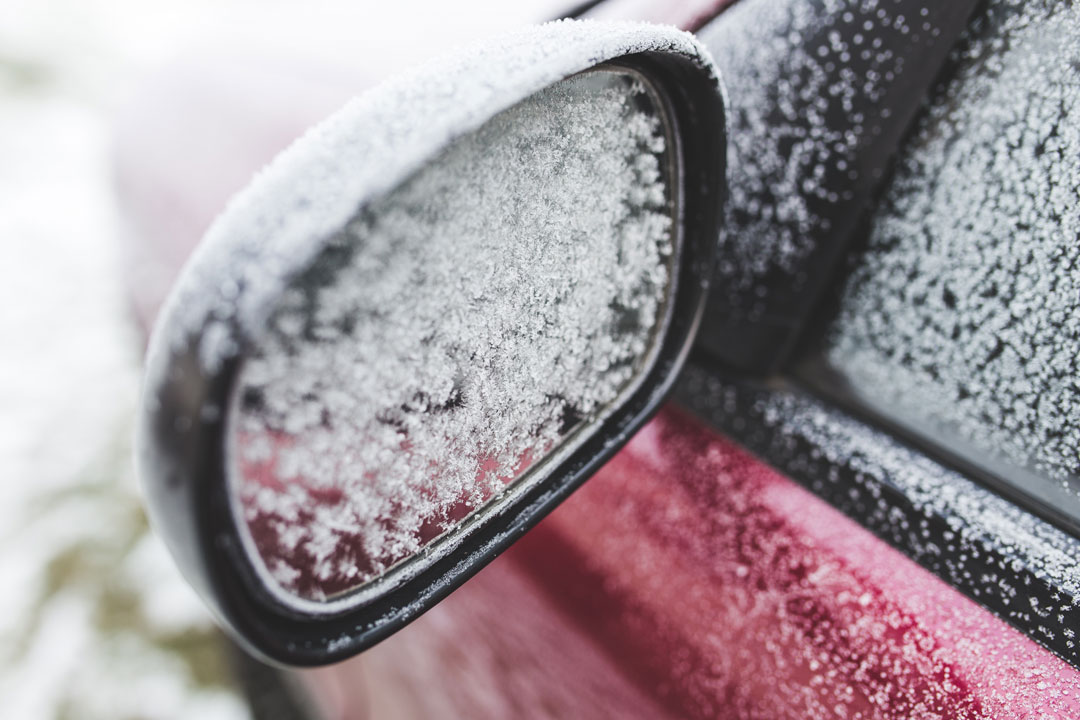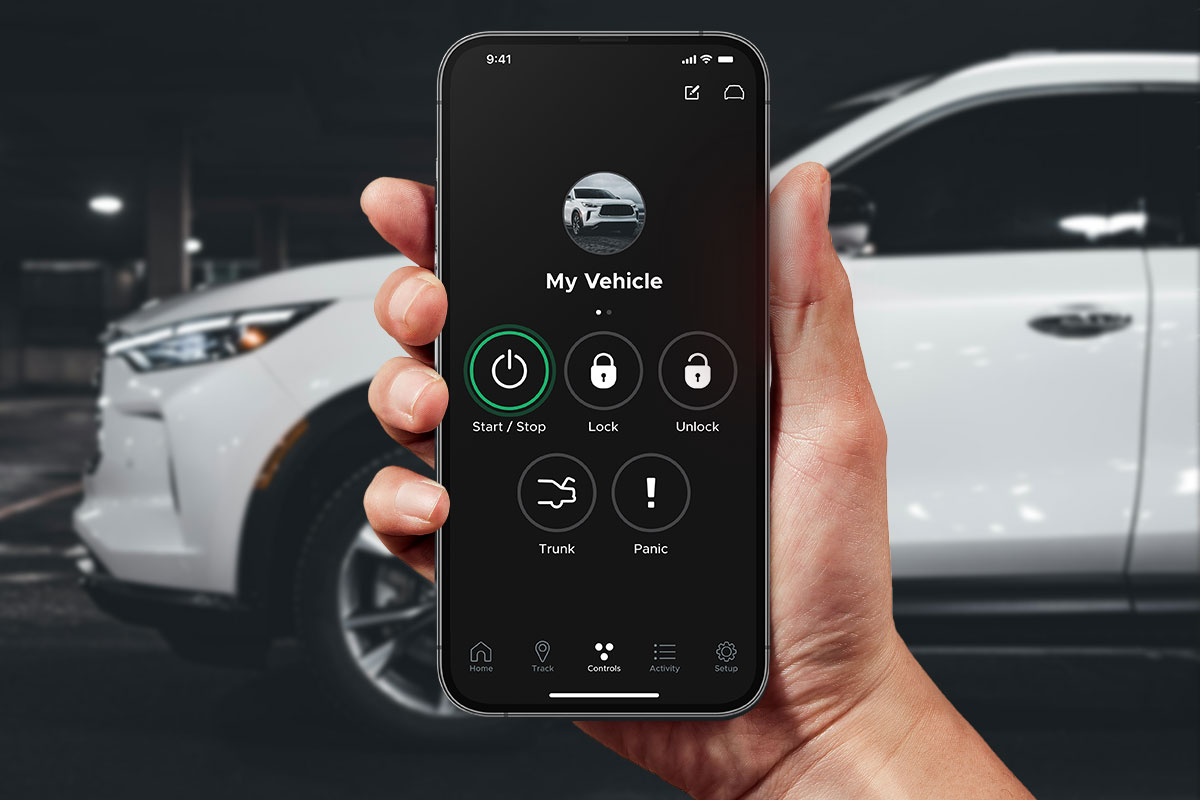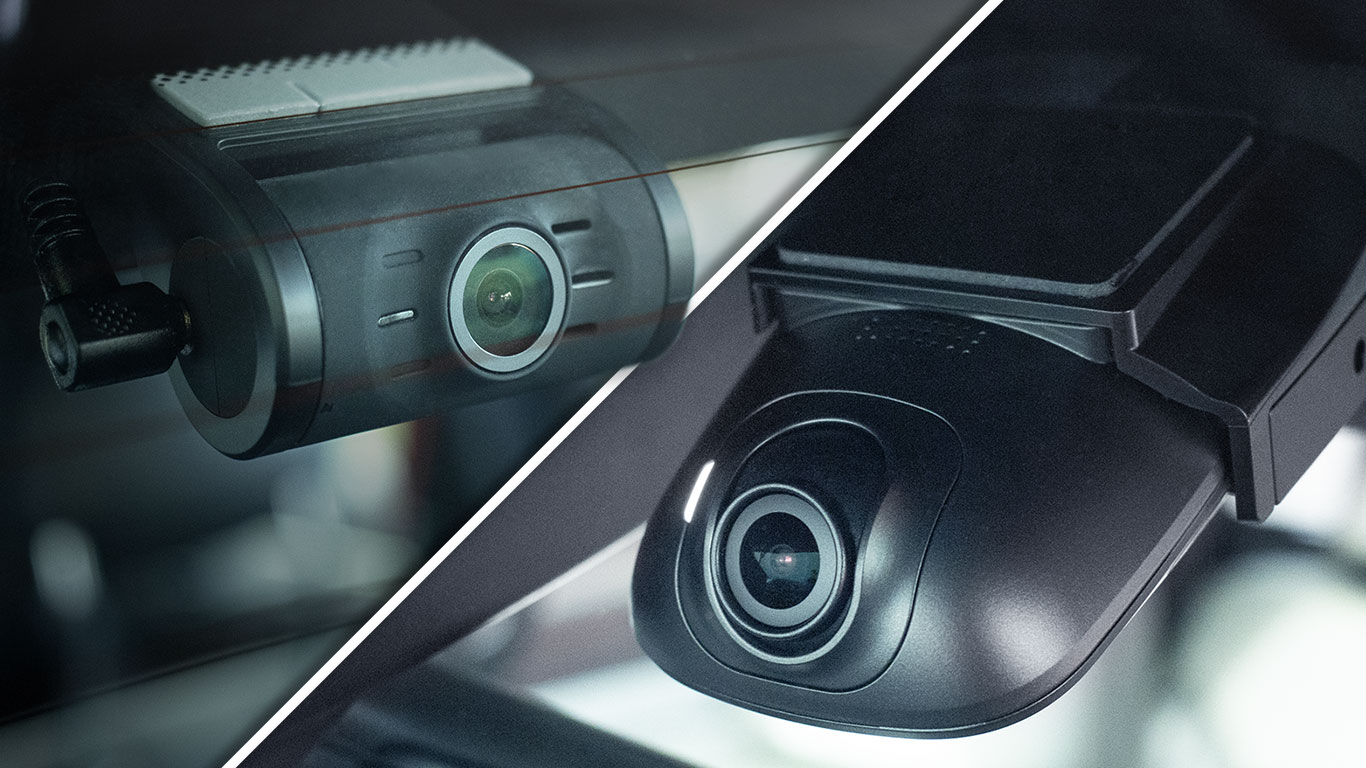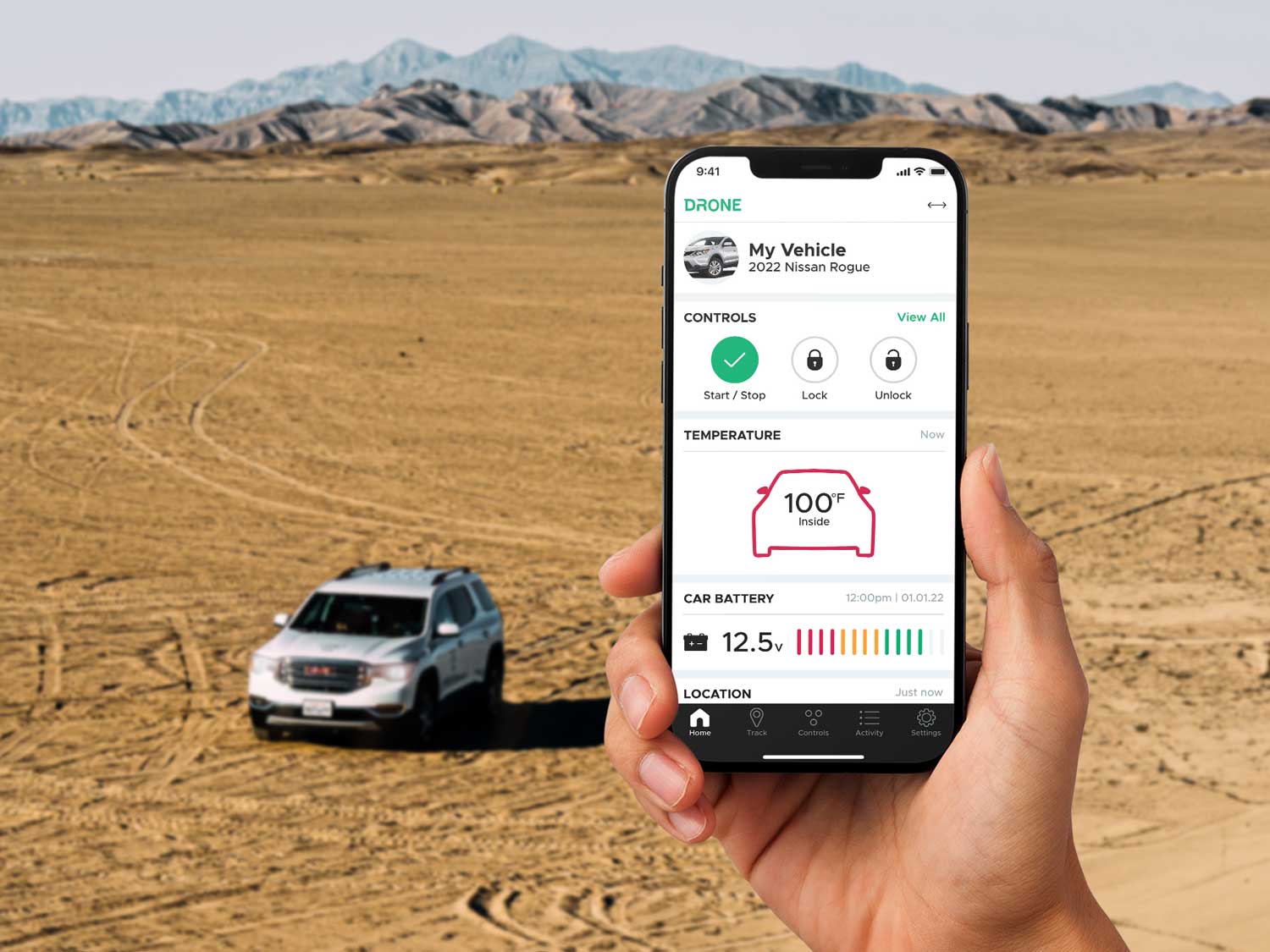
Calendars packed with cookouts, family vacations, and beach days, make it challenging to schedule in summer car care. That’s why, to assist you in your vehicle maintenance planning, we’ve compiled a list of the top 5 summer car care essentials and why you should do them.
Summer, despite typically better weather conditions, is a dangerous time for drivers due to an increase in miles traveled and drunk driving during the summer holidays. This makes car care and personal accountability especially important when hitting the road in summer. While you can’t control the other drivers on the road, you can control the safety of your driving and the safety of your vehicle.
1. Keep Your Engine Cool
In the summer, your passengers aren’t the only ones struggling to stay cool. While coolant system malfunctions aren’t just an issue when it’s hot out, they’re more top of mind with the sun beating down upon us.
So, let your engine cool down, pop your hood, and look for:
- Proper Coolant Levels - Luckily, checking your coolant is a painless process. Your coolant overflow tank, located next to your radiator, is made of white plastic with clearly visible minimum fill markers. This way, you can see if you need to add more fluid. Be sure to let your engine cool down before checking your coolant!
- The Color of Your Coolant - This step is particularly relevant if you’re looking to refill your coolant. Mixing coolant formulas can damage your engine, so be sure to take note of what color your coolant is before topping off the reservoir.
- The Consistency of Your Coolant - Healthy coolant should be viscous and free of any particles. If your coolant has become sludgy, oily, or has bits of stuff floating in it, it’s time to have the fluid changed.
- The State of Your Radiator Hoses - While you’re in the vicinity of your car’s radiator, this is your chance time to ensure your radiator hoses are in good shape. If they’re leaking, cracked, or squishy, a visit to the mechanic is in order.
If you have a leak, inadequate levels of coolant or your coolant is old, the heat can exacerbate this issue, causing your engine to overheat more quickly. This is why it’s essential to check your coolant levels every summer.
2. Check Your Tires Regularly
It’s important to check your tires at the beginning and end of summer before winter weather ramps up once again. Winter is tough on the tires, especially if you spent it driving down ice-covered roads scattered with salt.
In addition to the safety concerns associated with worn down tires, some financial factors also come into play. Studies have shown that keeping your tires at their suggested pressure increases your fuel economy by up to 3.3%. In essence, keeping your tires in tip-top shape means more money in your pocket.

Let's talk about the classic penny test. Most of us have heard about this handy trick for checking the tread on your tires. However, in case you haven’t heard of it, here’s how it works:
Step 1. Find a penny - Yep, we mean an actual copper penny. The smallest physical unit of the US Dollar, featuring Old Abe. Chances are you have tons of these sitting around in jars, cans, or shoved between couch cushions. However, did you know they have another use as accurate tire tread measuring tools?
Step 2. Stick it between your tire’s tread - Refer to the picture above. Once you have your trusty penny, take a trip out to your vehicle. Once there, face Abe towards yourself, point the top of his head towards the tire, and stick the penny between the treads.
Step 3. Measure the tread with Abe’s head - After you’ve inserted the penny between the treads of the tire, examine where the tread reaches on Abe’s head. refer to the picture above to see whether or not you're in need of a new set of tires.
Even if your tread looks good, that doesn't mean it isn't time for new tires. A good pair of tires can roll for upwards of ten years without wearing down the tread, especially if you do not drive often, or swap between multiple vehicles. A good rule of thumb is you should change your tires after every 50-60,000 miles, regardless of how the tread looks. Other visual indicators to check if a tire's past it's prime are weather cracking and the integrity of the side-walls.
In addition to tread measurement, there’s another factor to take into consideration when deciding if you need new tires. While tread seems like the most important aspect of a tire, you must also consider a tire’s age. Take a peek at the Department of Transportation's code on your tires to determine their age. Many car experts consider six years after this date to be the "expiration date" of the tire.
Several factors, such as proper inflation, driving habits, and how and where you use your vehicle play a role in how frequently you use your tires. Therefore, when considering whether or not you should change out your tires, be sure to take all of these factors, as well as time, into consideration.
3. Replace Your Windshield Wipers
Summer, for many places, means an increase in sunshine. If your windshield is left dirty during the summer, the glare of the sun can cause more than just a sunburn. When the sun hits dirt or smudges on your windshield, it can make it nearly impossible to see the road in front of you, with or without sunglasses.

Car Care for Winter Wear and Tear
According to Consumer Reports, most drivers do not change their wiper blades as frequently as they should as part of a valuable car care routine. Your wipers likely take a beating during the winter, due to increased snow, ice, and rain, so it’s best to give your wipers a good test at the beginning and end of summer.
When checking your wiper blades, begin by running your finger along the rubber strip to check for ridges or chips. Secondly, test out your blades by trying to clear away some wiper fluid. If the fluid streaks or smudges rather than cleanly wiping away, it’s likely time for some new wiper blades.
When replacing your wipers, be sure to buy and replace the blades in pairs. Also, don’t forget about your back windshield wiper! This one will likely last longer because it’s used infrequently. However, be sure to check this one each summer, because it can also be an essential aspect of vehicle safety.
4. Brake Check
We don’t have to explain to you why brakes are vital. However, much like windshield wipers, checking brakes becomes even more crucial during the summer months. Due to the ice, snow, and rain of winter and spring, your brakes have likely received a beating.
When checking your brakes, keep in mind that you should “Look and Listen.” There are three aspects you should keep an eye out for when braking:
- Brake Pad Thickness - This is the first and most obvious sign to look out for when checking your brakes. A good rule of thumb for brake pads is that when they reach ¼ inch or less, it's time to start shopping for new brakes.
- Squealing and Scraping - We’ve all heard the dreaded sound that signals the need for new brakes. High-pitched screeching occurs when the brake pad has worn down to the shim or indicator which gives you an audible warning that it’s time to replace your brakes. However, if you begin hearing a scraping noise when braking, this can indicate you have wholly worn down your brake pads. Take a look at your brakes through the spokes in your tires, and then head off to the mechanic to replace your brakes immediately.
- Shaking or Unresponsive Brakes - If you brakes begin jittering or shaking when in use, there is typically a more advanced issue. It is likely your rotors have become warped. When this occurs, the best option is usually to replace the rotors entirely.
If your brakes have become unresponsive, or you find the pedal *sinks* to the floor, you should visit the mechanic as soon as possible, even if it's an unplanned part of your car care routine. These symptoms typically point towards a leak in the braking system. This could be an air leak or a fluid leak. It’s best to visit your mechanic when diagnosing those issues.
5. Check on Your Car Battery

Don’t get stranded on your way to your summer adventures. Contrary to popular belief, the summer heat is harder on your battery than the winter chill. According to the nonprofit Car Care Council, “summer highs rather than winter lows pose the greater threat to battery life.” This is because excessive heat is one of the biggest factors contributing to battery failure.
The two factors which contribute to a shortened battery life directly correlate during hot weather: overheating and overcharging. The fluid within your car battery can begin to evaporate when exposed to excessive heat, damaging the internal integrity of the battery. When the battery’s internal structure is compromised in this way, the charging system will malfunction, leading to a too high charge rate.
Here’s how to protect your battery this summer:
- Remove Corrosion - Did you know battery corrosion is more likely to happen during this summer? This is caused by the evaporating battery fluid we mentioned earlier. Therefore, be sure to clean your battery regularly, especially if you live in a hotter climate.
- Keep Track of Your Battery’s Age - When your car consistently won't start, the battery may have reached its end. If your battery is old or weak, it will not hold a full charge, leading to regularly battery failure. Generally, replace your car battery every 3-4 years.
- Tighten Your Battery Cables - When your battery cables become loose, it can become difficult to start your engine. This is because loose cables cannot efficiently transfer the electrical current.
- Clear Away the Dirt - Dusty summer roads can coat your battery very quickly. It’s essential to clear your battery of dirt, or it will become a conductor draining battery power.
Whether summer is just ramping up or winding down, follow this checklist to stay up to date with your car care needs! Of course, the work you might need to do on your vehicle will vary depending on your car and your last service. However, the above items are the car care steps we suggest you take for the safest summer possible.
Don't let vehicle maintenance fall by the wayside this summer. Did you know you can set maintenance preferences through the DroneMobile App? This way you can set your desired parameters and receive detailed alerts from DroneMobile when your car needs maintenance. Wave goodbye to overdue oil changes!
Latest Stories

DroneMobile Just Got an Upgrade - Introducing the Updated Web App!
The DroneMobile Team is thrilled to announce the launch DroneMobile's updated desktop web application, now live at https://accounts.dronemobile.com!
Oct 26, 2025
Read More
An Important Update Regarding DroneMobile Subscription Pricing
Today, we want to share an important update regarding our subscription plan pricing. Effective June 1st, 2025 we will be making a moderate price adjustment to select 3-year and 5-year* subscription terms. These changes will affect all renewals that take place after June 1st, 2025.
May 12, 2025
Read More
Get a Free Rear Camera for Drone XC - May 2025
The Drone XC Dash Cam System, paired with its complimentary rear-facing camera, offers a comprehensive solution for safer driving. Get it now before this offer expires May 31st, 2025.
May 6, 2025
Read More
Drone X2MAX-LTE and DroneMobile App Now Supporting Advanced Vehicle Health Data via CAN
Firstech, maker of DroneMobile connected car solutions, today announced shipment of the Drone X2MAX-LTE telematics device for vehicles. This powerful new offering provides consumers and fleet users with an all-in-one tracking and security solutions for protecting their vehicles.
Feb 23, 2025
Read More
How Drone XC is Making Parking Mode Smarter
Drone XC solves this problem by making parking mode smarter. This is possible via our “Event” mode, which activates parking mode only when the system is armed.
Dec 5, 2024
Read More
3 Reasons Why Your Phone is the Best Remote Starter (Updated 2024)
DroneMobile uses LTE connectivity to connect your smartphone to your vehicle’s remote start, so that you can warm up your vehicle from anywhere!
Nov 1, 2024
Read More
Get a Free Rear Camera for Drone XC - October 2024
The Drone XC Dash Cam System, paired with its complimentary rear-facing camera, offers a comprehensive solution for safer driving.
Oct 1, 2024
Read More
Can I Cool Down My Car or Truck with Remote Start?
DroneMobile remote start makes it possible to cool down your vehicle from virtually anywhere in the world.
Aug 17, 2024
Read More
Celebrating 15 Years of DroneMobile: From Pioneers to Innovators
Fifteen years ago, in 2009, the automotive world was introduced to a groundbreaking app that would forever change how we interact with our vehicles.
Jul 24, 2024
Read More


